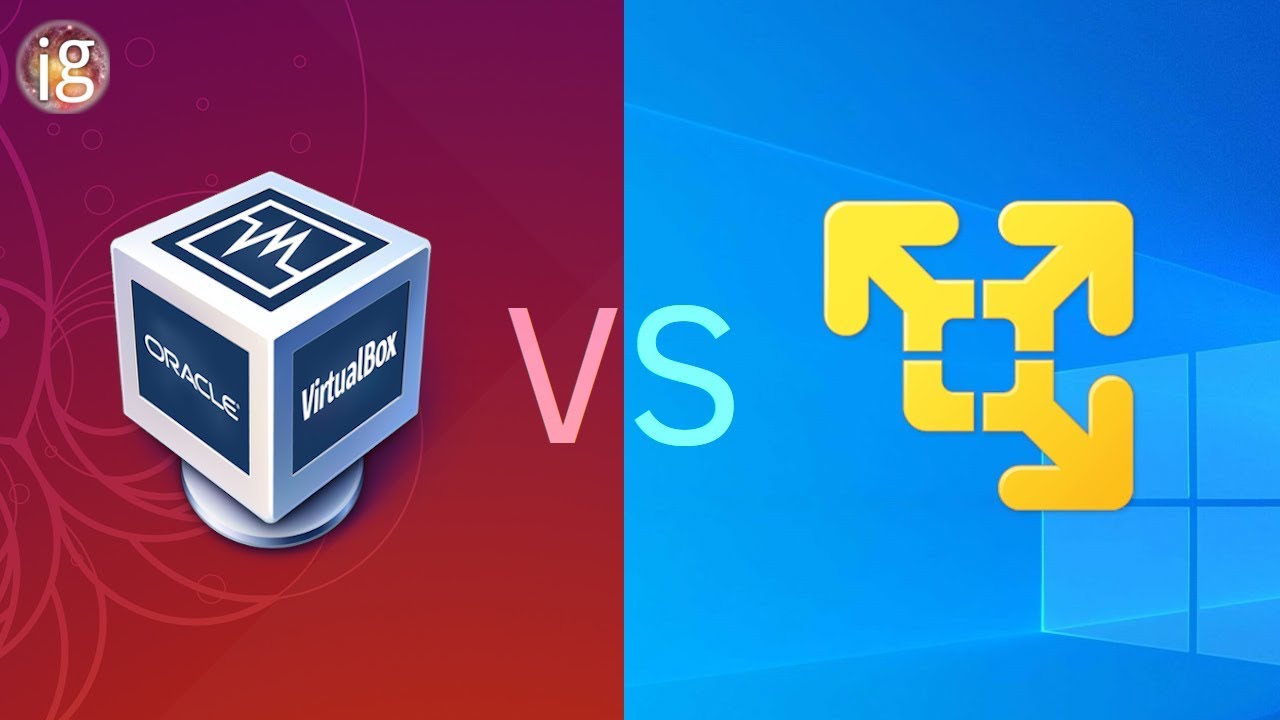
Hyper-V pricing for virtualization management
#Cost vmware vs virtualbox for free
VMware Pricing vs Hyper-V Pricingīoth ESXi and Hyper-V are free to download, and can be used for free without limitation on the CPUs, RAM or storage on the host. The following table compares the key technical characteristics of ESXi as compared to Hyper-V. When comparing VMware and Hyper-V, we’ll focus on ESXi, the hypervisor powering VMware’s virtualization stack.
#Cost vmware vs virtualbox windows 10
Related content: read our guide to Hyper-V on Windows 10 VMware vs Hyper-V: Technical Characteristics VMware vSphere is its main server virtualization platform, which enables deployment and management of VMs at large scale. VMware products enable virtualization, software-defined data centers, and management of cloud infrastructure. The hypervisor can be used to run multiple virtual machines (VMs), sharing resources from the same physical server, such as CPU, network interfaces and RAM. Its virtualization solutions are based on the ESX/ESXi bare metal hypervisor, for x86 architecture. VMware pioneered virtualization technology in the 1990s. Hyper-V Server, a standalone virtualization solution.There are three consumer versions of Hyper-V: It is also the hypervisor that powers Azure VMs. Hyper-V is commonly used to run Windows VDI workloads. It enables running guest operating systems on servers and regular Windows workstations. Hyper-V can be used to virtualize hardware components and operating systems.

It is built into most versions of Windows. Hyper-V is a bare-metal (type 1) hypervisor, created by Microsoft in 2016. Hyper-V vs VMware: Compared on Features, Pricing and Security


 0 kommentar(er)
0 kommentar(er)
